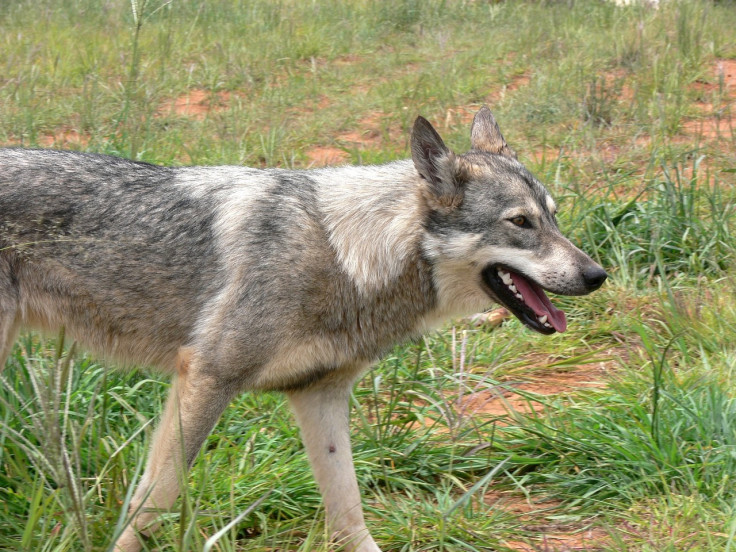World Rabies Day: How Infection Gets Transmitted, What Symptoms And Preventive Measures Are

World Rabies Day is observed on Sept. 28 every year to raise awareness of the deadliest viral infection in the world, which takes around 59,000 lives annually.
The theme for this year's World Rabies Day — "All for 1, One Health for All" — aims to eliminate rabies and achieve zero human deaths from the infection by 2030 through collaboration, equality and the strengthening of health systems.
How Are Rabies Transmitted?
Rabies is a zoonotic infection that gets transmitted to humans mainly through dogs. Other animals such as bats, skunks, raccoons and foxes also can also transmit the virus.
Apart from bites and scratches from an infected animal, the virus can enter the human body through open wounds exposed to the saliva of the rabid animal.
Once the virus enters the body, it moves gradually through the nerves to reach the central nervous system, damaging the brain and leading to coma and death.
What Are the Symptoms?
The infected person may not show symptoms for several weeks or months after exposure to the virus. The incubation period depends on the site at which the virus entered the body, the existing immunity of the person and the type of rabies virus.
The symptoms begin with fever, fatigue, headache, discomfort and itching sensation on the site of infection. As the infection progresses, the infected person suffers from hallucinations, anxiety, seizures, insomnia, excessive salivation, fear of water, facial paralysis and coma.
The clinical signs of rabies in animals are also similar to humans. They show initial signs of lethargy, fever, vomiting and anorexia, and when the infection gets severe, it results in paralysis, seizures, difficulty breathing and swallowing, excessive salivation and even death.
What Are the Preventative Measures?
Rabies is nearly fatal once the symptoms appear, but it is 100% preventable through medical care.
1. Preventing rabies in pets - Vaccinating pets and ensuring they are kept away from stray animals can help prevent rabies in them.
2. Taking vaccinations - Humans can take vaccinations after exposure to the virus. Meanwhile, those in high-risk occupations that involve handling animals can receive rabies pre-exposure prophylaxis (PrEP).
3. Seeking immediate care - If bitten or scratched by a potential carrier of rabies, wash the wound site with soap and water for 15 minutes and take immediate medical care. The health care provider will then administer treatments to prevent the virus from traveling to the brain, including rabies vaccination and immunoglobulin shots around the wound site.



























